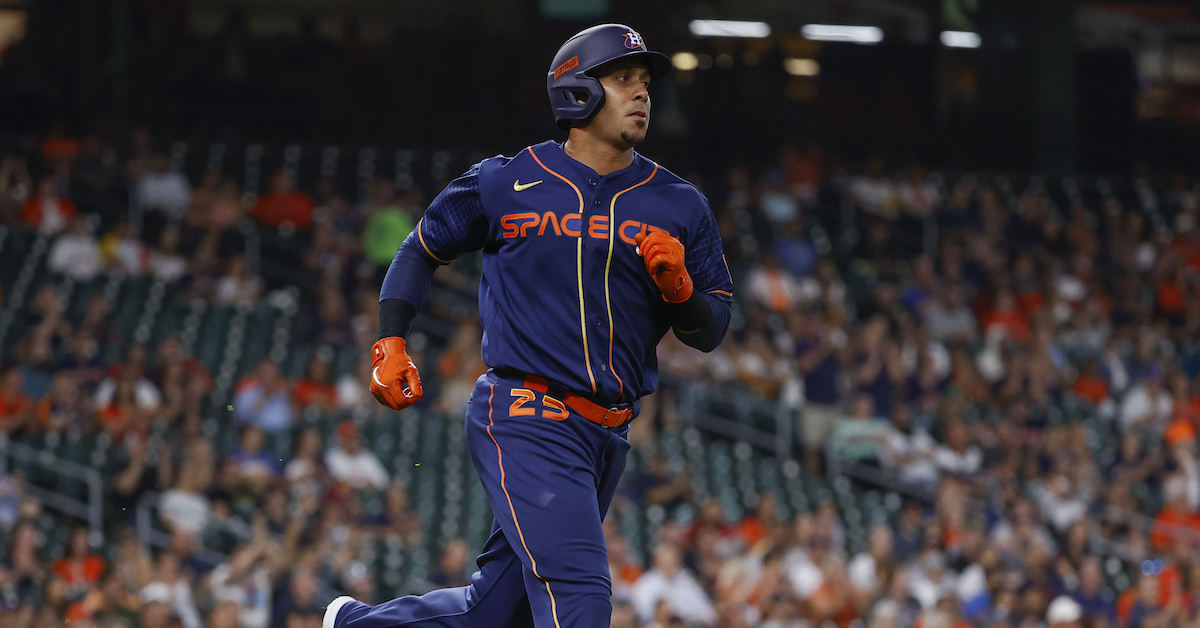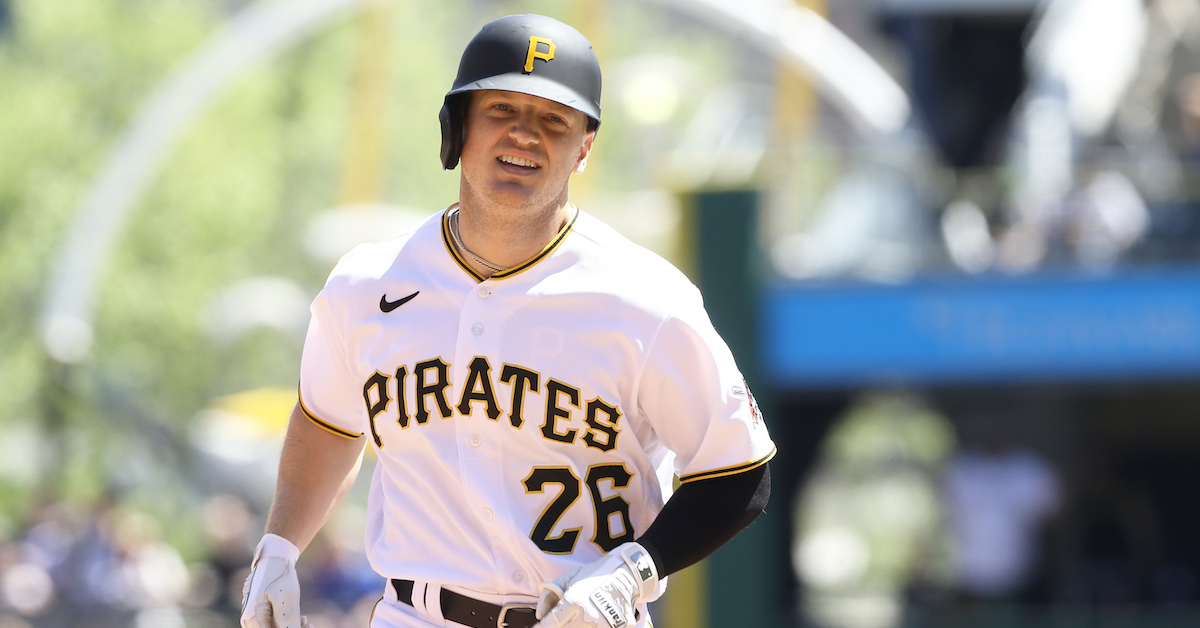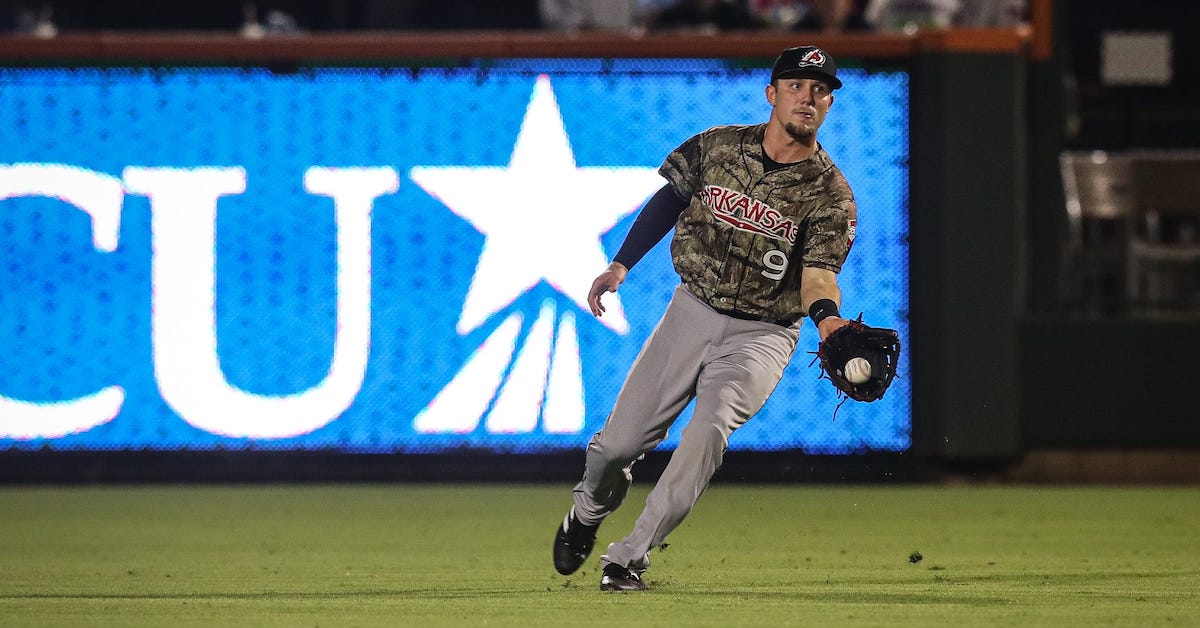Sunday Notes: Angels GM Perry Minasian Believes in Mix and Fit (Not Magic Bullets)
The Los Angeles Angels can’t count clubhouse chemistry as the primary reason they entered Memorial Day weekend with the third most wins in the American League. Marquee players such as Mike Trout, Shohei Ohtani, and Anthony Rendon — not to mention Patrick Sandoval and Taylor Ward — bear a far larger responsibility for the club’s success. Which doesn’t mean that intangibles haven’t mattered. In the opinion of Angels GM Perry Minasian, they’ve actually mattered a lot.
Asked about his approach for building a winning team, Minasian responded with a rhetorical: “Do we have enough time for this?” The 42-year-old baseball lifer then proceeded to champion the value of non-quantifiable characteristics.
“Philosophically, we’re not only trying to get talented players,” Minasian told me when the Angels visited Fenway Park earlier this month. “We’re trying to get the right DNA, the right mix of guys from a makeup standpoint. That’s really important to me. Growing up around the game — I’ve been fortunate to spend a lot of time in big-league clubhouses — I really believe in mix and fit. It’s hard to quantify, but I think it has a huge impact. The room makes a big difference.”
So too does on-field talent. Identifying it — ditto projecting it — will always be an integral part of a general manager’s job. Minasian knows that as well as anyone. Read the rest of this entry »






